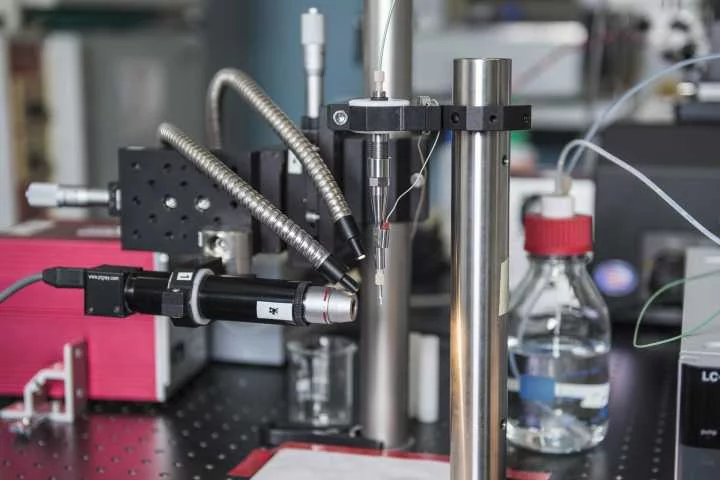Some of the fastest processes in our body run their course in proteins activated by light. The protein rhodopsin sees to it that our eyes can rapidly take in their ever-changing surroundings. Free-electron X-ray lasers such as SwissFEL at the Paul Scherrer Institute PSI now make it possible for the first time to catch such processes in flagranti. Free-electron X-ray lasers generate extremely short and intense pulses of X-ray light. Currently there are only two such facilities in operation, worldwide. An international team under the leadership of the PSI has now successfully shown how the ultrafast processes by which proteins do their work can be studied with free-electron X-ray lasers. As a model organism, they used a simple microbe that can convert light into chemical energy. The researchers report their results in the scientific journal Nature Communications. Read the full story
Facility: Biology, SwissFEL
References: J�rg Standfuss; joerg.standfuss@psi.ch; Paul Scherrer Institut, CH-5232 Villigen PSI, Switzerland
References: J�rg Standfuss; joerg.standfuss@psi.ch; Paul Scherrer Institut, CH-5232 Villigen PSI, Switzerland
